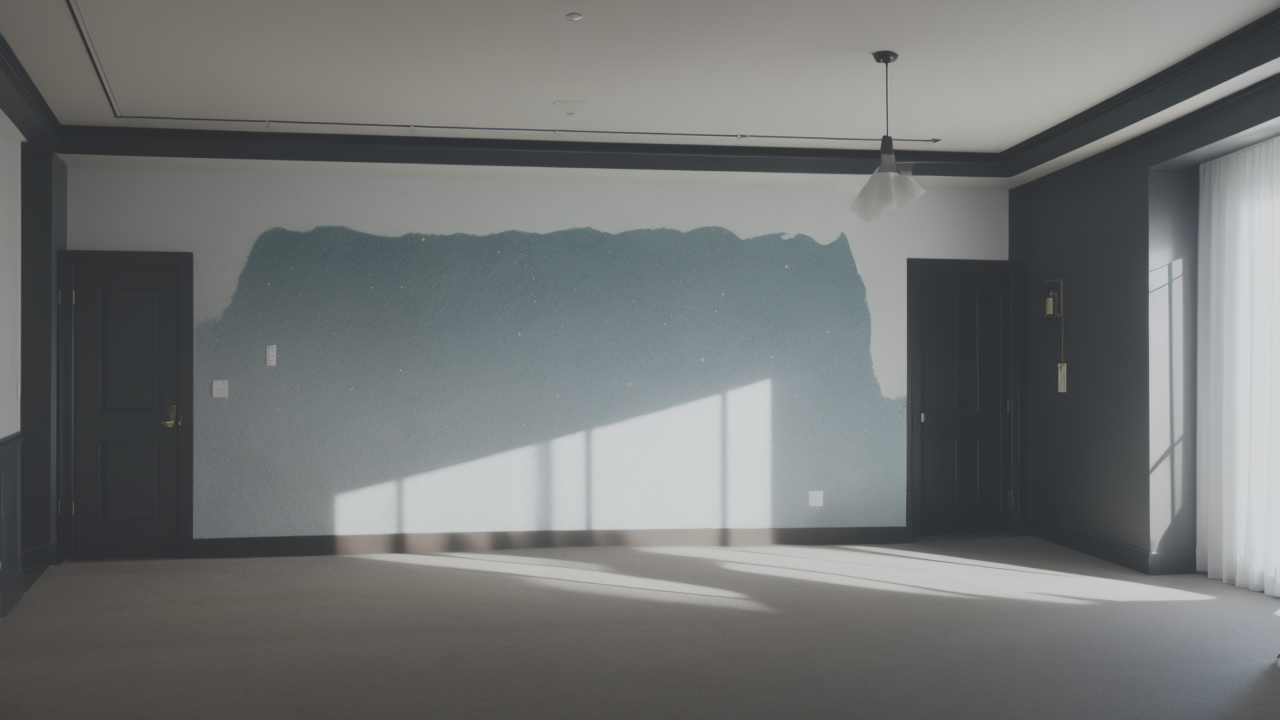
The Rise of Textured Art: Exploring Plaster Techniques in Contemporary Painting
The Appeal of Textured Art in Modern Home Decor and Commercial Spaces
Understanding the Aesthetic Impact of Plaster Textures
Plaster textured art has gained significant popularity in recent years. It adds depth and visual interest to spaces. The unique textures create a sensory experience that flat paintings can't match. Plaster art can transform plain walls into captivating focal points.

The versatility of plaster allows artists to create various textures. These can range from smooth and subtle to bold and dramatic. The interplay of light and shadow on textured surfaces adds dimension. This creates a dynamic visual effect that changes throughout the day.
Plaster art appeals to those seeking unique, handcrafted pieces. It offers a tactile quality that invites touch and exploration. The organic nature of plaster textures brings warmth and character to both modern and traditional interiors.
The Integration of Plaster Art in Interior Design Trends
Interior designers are embracing plaster textured art for its versatility. It can complement various design styles, from minimalist to eclectic. Plaster art pieces serve as statement elements in both residential and commercial spaces.
In homes, plaster art is often used to create accent walls or as standalone pieces. It adds texture and visual interest without overwhelming the space. In commercial settings, plaster art can define brand identity and create memorable environments.
The neutral tones of plaster art make it easy to incorporate into existing color schemes. It can also be painted or tinted to match specific design palettes. This adaptability makes plaster art a favorite among designers looking for flexible decor options.
Plaster art is particularly popular in hospitality spaces. Hotels and restaurants use it to create unique atmospheres. The textured surfaces can help with acoustics, making spaces feel more intimate and comfortable.
Key Techniques and Tools for Crafting Plaster Textured Art
The Process of Creating a Plaster Textured Surface
Creating plaster textured art involves several steps. Artists begin by preparing a base surface, usually a sturdy board or canvas. They then apply layers of plaster, building up the desired texture and depth.

The plaster is typically applied using various tools and techniques. These may include:
- Trowels for spreading and smoothing
- Palette knives for creating patterns
- Brushes for adding texture
- Found objects for imprinting unique designs
Artists may work in layers, allowing each to dry before adding more. This layering process creates depth and complexity in the final piece. Some artists incorporate other materials like sand or pigments for added texture and color.
The drying process is crucial in plaster art. Artists must carefully control the environment to prevent cracking. Once dry, the plaster can be sanded, carved, or painted to achieve the desired final effect.
Essential Tools for Plaster Artists
Plaster artists rely on a variety of tools to create their unique textures. Some essential tools include:
- Plaster mixing tools: Buckets, whisks, and measuring cups
- Application tools: Trowels, spatulas, and putty knives of various sizes
- Texturing tools: Combs, rollers, and stamping tools
- Finishing tools: Sandpaper, carving tools, and polishing materials
Many artists also use unconventional tools to create unique textures. These might include natural objects like leaves or shells. Some use household items like sponges or plastic wrap for interesting effects.
Quality plaster is crucial for creating durable art pieces. Artists often experiment with different plaster types. These include traditional gypsum plaster, lime plaster, and modern acrylic-based options.
Protective gear is also important. This includes dust masks, gloves, and eye protection. Working with plaster can be messy and potentially harmful if proper precautions aren't taken.
The Future of Plaster Textured Art in the United States Market
Emerging Trends in the Plaster Art Community
The plaster art community in the United States is growing rapidly. Artists are pushing boundaries and exploring new techniques. There's a trend towards larger-scale installations and public art projects.

Sustainability is becoming a key focus. Artists are experimenting with eco-friendly plaster alternatives. Some are incorporating recycled materials into their work. This aligns with the growing demand for sustainable art and decor.
Digital technology is also influencing plaster art. Some artists use 3D modeling to plan complex textures. Others incorporate LED lighting to create interactive plaster installations. These innovations are attracting younger audiences to the medium.
Collaborations between plaster artists and other creatives are on the rise. This includes partnerships with interior designers, architects, and even tech companies. These collaborations are leading to exciting new applications for plaster art.
How Plaster Textured Art is Influencing American Painting and Sculpture
Plaster textured art is blurring the lines between painting and sculpture. Many artists are creating works that defy traditional categorization. This is leading to new conversations about the nature of art and artistic mediums.
The tactile nature of plaster art is influencing other forms of painting. More painters are experimenting with texture in their work. This trend is visible in both abstract and representational art.
Sculptors are also drawing inspiration from plaster techniques. Some are using plaster as a primary medium. Others are incorporating plaster textures into works made from other materials.
Museums and galleries are taking notice of this trend. Many are featuring exhibitions dedicated to textured art. This increased visibility is helping to elevate plaster art in the fine art world.
Art schools are beginning to offer more courses in plaster techniques. This is preparing a new generation of artists to work with the medium. As these artists enter the market, we can expect to see even more innovation in plaster art.
The rise of plaster textured art reflects a broader trend in American art. There's a growing appreciation for handcrafted, tactile works. In a digital age, plaster art offers a refreshing return to physical, sensory experiences.


